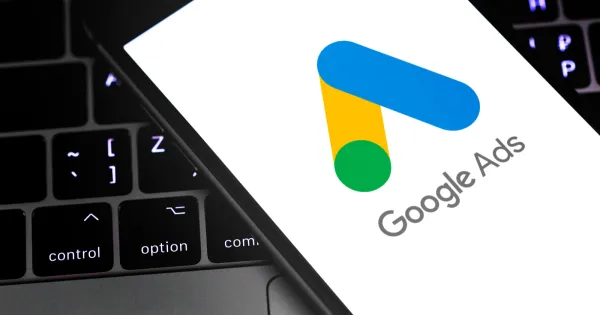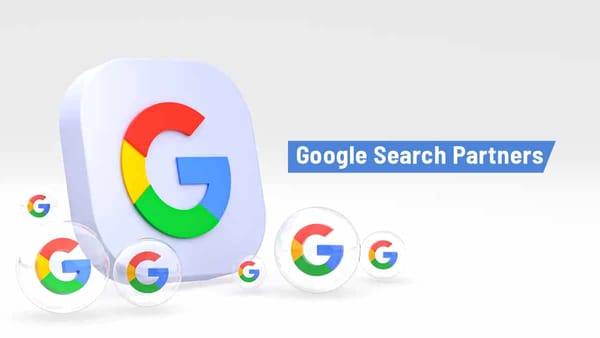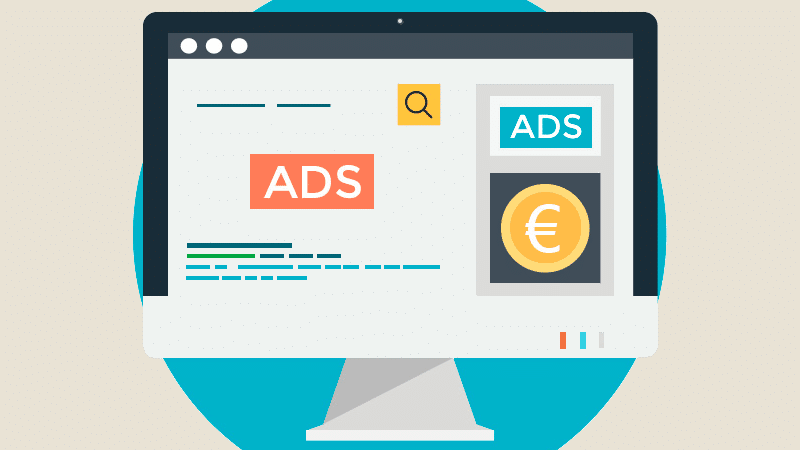Google’s AI Breakthroughs: Exploring the Most Powerful Artificial Intelligence Developed by Google

Introduction
Google is at the forefront of artificial intelligence (AI) research and development, shaping how AI enhances our daily lives. From smart assistants and language models to self-driving cars and healthcare innovations, Google has played a major role in pushing AI technology forward.
This article explores the key AI projects and technologies developed by Google, how they work, and their impact on industries worldwide.
Google AI: A Leading Force in Artificial Intelligence
Google’s AI division, simply called Google AI, focuses on research, development, and real-world applications of artificial intelligence. The company has integrated AI into its products and services, including search engines, virtual assistants, and cloud computing.
Google’s AI breakthroughs span multiple fields, including natural language processing, computer vision, robotics, and healthcare.
Google’s Most Notable AI Projects
1. Google Search and RankBrain
One of the first AI-driven innovations by Google was RankBrain, an AI algorithm introduced in 2015 to improve search results.
- Uses machine learning to better understand search queries.
- Helps interpret complex and ambiguous searches.
- Continuously learns from user behavior and search trends to refine results.
Today, AI powers almost all aspects of Google Search, ensuring users get more relevant and personalized answers.
2. Google Assistant
Google Assistant is one of the most advanced AI-powered virtual assistants, competing with Apple’s Siri and Amazon’s Alexa.
- Uses natural language processing (NLP) to understand and respond to voice commands.
- Can perform tasks like setting reminders, controlling smart home devices, answering questions, and making calls.
- Continuously improves through machine learning and user interactions.
Google Assistant is integrated into Android devices, smart speakers (Google Nest), and third-party apps, making it a widely used AI assistant.
3. Google DeepMind and AlphaGo
Google acquired DeepMind, a leading AI research company, in 2014. One of its biggest breakthroughs was AlphaGo, an AI system that:
- Became the first AI to defeat a human Go champion in 2016.
- Used reinforcement learning and deep neural networks to improve its gameplay.
- Inspired advancements in AI decision-making, game theory, and automation.
DeepMind continues to develop cutting-edge AI models, including those for healthcare, protein folding (AlphaFold), and robotics.
4. Google Bard (Gemini AI)
Google’s answer to AI-powered chatbots like ChatGPT is Bard, now integrated into Gemini AI.
- Uses Google’s large language model (LLM), Gemini, to provide human-like responses to queries.
- Can generate text, translate languages, answer questions, and assist with creative writing.
- Aims to enhance AI-driven communication, research, and productivity.
Bard was developed to compete with OpenAI’s ChatGPT and Microsoft’s AI-powered Bing.
5. Google Lens
Google Lens is an AI-powered image recognition tool that helps users analyze and interact with images.
- Can identify objects, translate text, recognize landmarks, and scan QR codes.
- Uses computer vision and deep learning to process real-world images.
- Integrated into Google Photos, Google Search, and Android devices.
Google Lens showcases how AI enhances visual search and real-world interactions.
6. Google Translate and AI-Powered Language Models
Google Translate has significantly improved with AI-driven neural machine translation (NMT).
- Uses deep learning and natural language processing to provide accurate translations.
- Supports over 130 languages, improving cross-cultural communication.
- Integrated with Google Assistant, Lens, and Search for real-time language processing.
AI advancements have made translation more fluent and context-aware, helping users communicate globally.
7. Google Cloud AI and Machine Learning
Google Cloud provides AI and machine learning services for businesses and developers.
- Vertex AI – A platform for building, training, and deploying AI models.
- AutoML – Allows users to create AI models without needing extensive coding experience.
- AI for Business – Helps organizations use AI for data analysis, customer insights, and automation.
Google Cloud AI is widely used in finance, healthcare, and e-commerce to optimize business operations.
8. Waymo: AI-Powered Self-Driving Cars
Waymo, a subsidiary of Google’s parent company Alphabet, is a leader in autonomous vehicle technology.
- Uses AI-powered sensors, LiDAR, and deep learning for navigation.
- Can detect objects, pedestrians, and traffic conditions in real-time.
- Aims to revolutionize transportation with safer, self-driving taxis.
Waymo’s AI-driven vehicles are already being tested and deployed in select cities.
9. Google Health and AI in Medicine
Google is using AI to revolutionize healthcare with medical research and diagnostics.
- DeepMind’s AlphaFold – Solved protein folding problems, aiding drug discovery and disease research.
- AI in Radiology – Google’s AI models help detect diseases like cancer and diabetic retinopathy.
- Google Fit and Wearable AI – Uses AI to monitor heart rate, sleep patterns, and fitness.
AI is transforming healthcare by improving diagnostics, patient care, and medical research.
Conclusion
Google has been a pioneer in AI research and development, creating intelligent tools and systems that have changed how we search, communicate, and interact with technology. From Google Assistant and DeepMind to Waymo and AI-powered healthcare, Google’s AI innovations continue to push the boundaries of what artificial intelligence can achieve.
As AI advances, Google will likely remain at the forefront, shaping the future of technology, automation, and human-AI collaboration.




